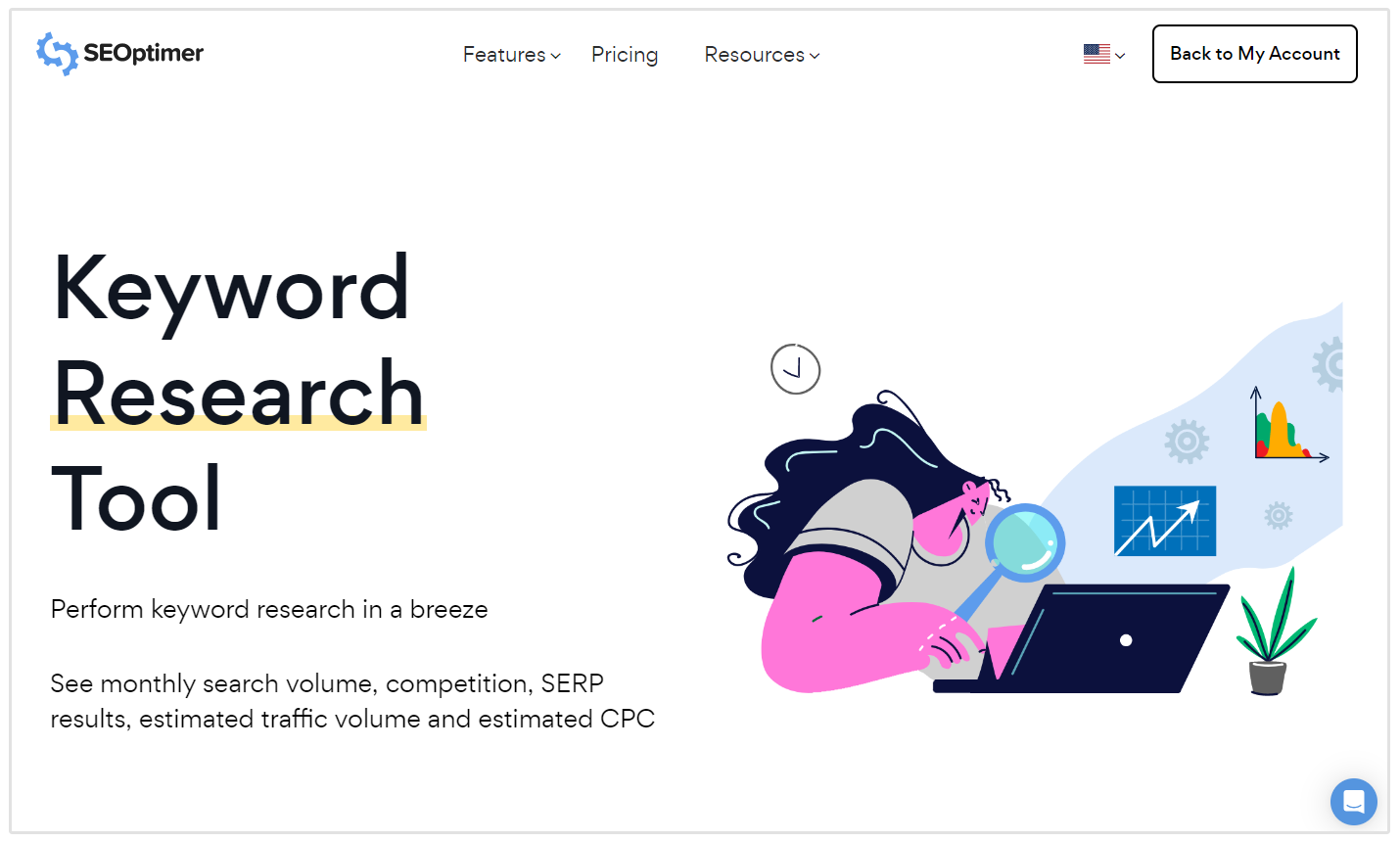Introducing the Effect of Second Measurement in Google Analytics on Information Analysis and Insights
In the world of information analytics, the use of second measurements within Google Analytics has emerged as a crucial device for removing deeper insights and unraveling complex patterns that could or else continue to be covered. By peeling off back the layers of key data collections, secondary dimensions use a nuanced perspective that improves the understanding of user actions, site performance, and the effectiveness of advertising and marketing approaches. Nonetheless, real impact and untapped potential of secondary measurements are often taken too lightly, overshadowed by the allure of key metrics. As we browse with the intricate landscape of data evaluation, the value of second dimensions ends up being progressively obvious, clarifying essential details that hold the key to informed decision-making and tactical optimizations.
Exploring the Principle of Second Measurements
Second measurements in Google Analytics give additional understandings by permitting individuals to analyze key data along with a secondary feature. This attribute makes it possible for a more thorough understanding of the key information by including one more layer of info for analysis. By integrating secondary measurements, customers can dive deeper into the data and uncover useful correlations that could or else go undetected. By pairing the primary data of site web traffic with additional measurements like demographics or habits, marketing experts can gain an extra comprehensive sight of their target market and tailor their approaches appropriately.
By exploring the numerous secondary measurements readily available in Google Analytics, customers can open new insights and optimize their electronic advertising efforts. In significance, secondary measurements offer as an effective device for enhancing information evaluation and driving workable outcomes.
Enhancing Information Analysis With Additional Measurements
Having actually developed the fundamental understanding of secondary measurements in Google Analytics and their critical role in information analysis, the focus now changes towards leveraging these secondary credit to boost the analysis of analytics information (what is a secondary dimension in google analytics). By integrating second measurements into data evaluation, experts can get deeper insights right into customer actions, web site efficiency, and advertising performance

Furthermore, additional measurements assist in contextualizing key data metrics by offering extra layers of information. This contextualization aids in recognizing the 'why' behind the information patterns, aiding experts make informed optimizations and decisions to boost overall performance. Ultimately, including secondary dimensions enhances the data analysis process, causing even more tactical actions and purposeful understandings.
Discovering Hidden Insights Via Secondary Dimensions
Checking out the depths of analytics data with additional dimensions discloses beneficial understandings that would otherwise remain covered. By including additional dimensions in Google Analytics, services can uncover covert patterns, trends, and connections that give a more detailed understanding of user actions and internet site efficiency. These extra layers of data allow analysts to dive deeper right into the key dimensions, such as web traffic resources or touchdown web pages, and acquire a more nuanced point of view on just how various variables communicate with each other.
With making use of additional measurements, analysts can section and contrast information across different measurements, allowing them to identify specific variables that affect individual engagement, conversion rates, and general success metrics. By combining the main measurement of 'tool group' with the additional dimension of 'age team,' marketing experts can determine which age demographics favor accessing the web site via mobile devices versus desktop computers. This level of granularity encourages services to make data-driven choices and maximize their methods for better results. Eventually, uncovering concealed understandings with secondary dimensions enhances the deepness and accuracy of information evaluation, causing even more informed decision-making and improved performance outcomes.
Leveraging Secondary Measurements for Actionable Analytics
Structure upon the understandings introduced with additional measurements in Google Analytics, businesses can currently harness this enriched data landscape to drive actionable analytics and tactical decision-making. By leveraging second measurements, companies can delve deeper into their data to draw out beneficial patterns, fads, and correlations that might have formerly gone unnoticed. This much deeper degree of analysis enables services to obtain a much more comprehensive understanding of customer actions, project efficiency, and general website effectiveness.
One key benefit of making use of secondary dimensions for workable analytics is the capacity to segment data based on specific criteria. This segmentation check these guys out enables businesses to tailor their techniques and campaigns to various audience groups, causing more targeted and effective marketing efforts - what is a secondary dimension in google analytics. In addition, additional dimensions supply an even more holistic view of individual interactions, making it possible for companies to optimize their web site content, layout, and general individual experience
Optimizing Decision-Making With Additional Measurements
To improve strategic decision-making in analytics, leveraging additional dimensions in Google Analytics can provide an extra nuanced point of view on customer behavior and project performance. By integrating secondary dimensions right into data evaluation, organizations can dive deeper into the specifics of their internet site visitors' communications and engagement patterns. This extra layer of info enables for a much more thorough understanding of just how different variables, such as demographics, gadgets, or web traffic sources, effect essential performance indications.

Verdict
Finally, using second dimensions in Google Analytics plays a vital role in boosting data analysis and revealing concealed insights. By discovering this idea, my blog one can acquire a deeper understanding of individual actions and make educated decisions based upon actionable analytics. Leveraging additional dimensions enables for a more extensive analysis of information and makes best use of the effectiveness of decision-making procedures.
